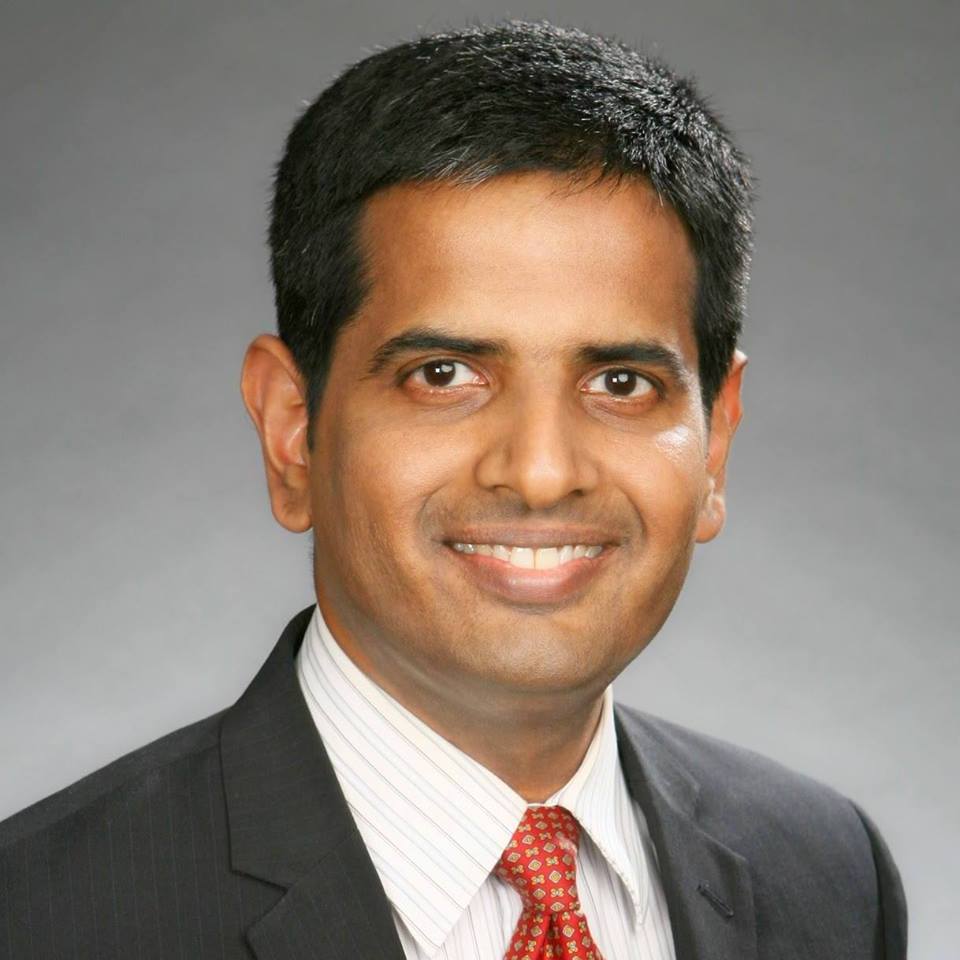Ajay Rane, vice president for global business development, Sigfox:
The IoT, and the networks that devices run on, are poised for growth and maturity in 2020. Key to this will be an expansion in network coverage, as well as a reduction in the cost of sensor-enabled devices and other critical infrastructure that will help to democratize IoT. There are four key areas where this will have the biggest impact:
Accessibility
Recent years have seen significant focus on the development of enterprise IoT applications. These applications, however, have largely been expensive and complex to implement, requiring significant capital investment and locking smaller organizations and certain industries out of the market. As coverage expands and the cost of networks and sensors decreases, more organizations from more industries will have access to IoT-enabled solutions, enabling a broader customer base to benefit from the critical insights that these solutions can provide.

Further, a shift toward a subscription model where customers pay for IoT solutions as a service (Xaas where X is the service) based on a fixed / small recurring (monthly or annual) fee that includes cost of device, hardware, subscription and services will open the market even more.
Security
While IoT security has always been a part of the industry conversation, the industry has struggled to implement best practices across applications. 2020 will be the year this shifts – but in order for that to happen, weaknesses in current practices must be exposed. Data security was not taken seriously until breaches occurred – we expect a similar path to occur in the IoT industry, with a significant breach spurring widespread action and pushing IoT solution providers to develop offerings that detect and prevent breaches more efficiently and affordably.
Federal and state regulations will contribute to this, too, largely due to a new California information privacy law that goes into effect on January 1 and requires all IoT devices sold in the state to have “reasonable cybersecurity measures” embedded within them. Over the course of the next year, we can expect other states – if not the federal government – to start to debate similar measures.
Insights
As organizations continue to invest in AI and machine learning applications, they will increasingly turn to the IoT to provide the data to enable the training required for those ML applications to provide the deep, impactful results they desire. IoT solutions will create large amounts of inexpensive points. Critical to the success of these integrations will be low-cost IoT networks and devices that allow organizations to implement extensive IoT systems that span their entire supply chain, delivering unprecedented visibility that enables more accurate decision-making.
Cities
In 2020, cities will become truly ‘smart’. To date, most smart city applications have focused on providing Wi-Fi based connectivity in as many locations as possible. While this has enabled easier access to important information – such as the arrival of public transit – it does little to provide the in-depth insights that most IoT systems deliver.
This is largely due to the significant expense and energy-intensiveness of Wi-Fi connectivity. As low-power, low-energy networks mature, governments and municipalities will have access to these more complex applications. Networks like these not only cover a broad area, but only use small amounts of energy, making them perfect for cities to take advantage of when deploying IoT on a large scale.

